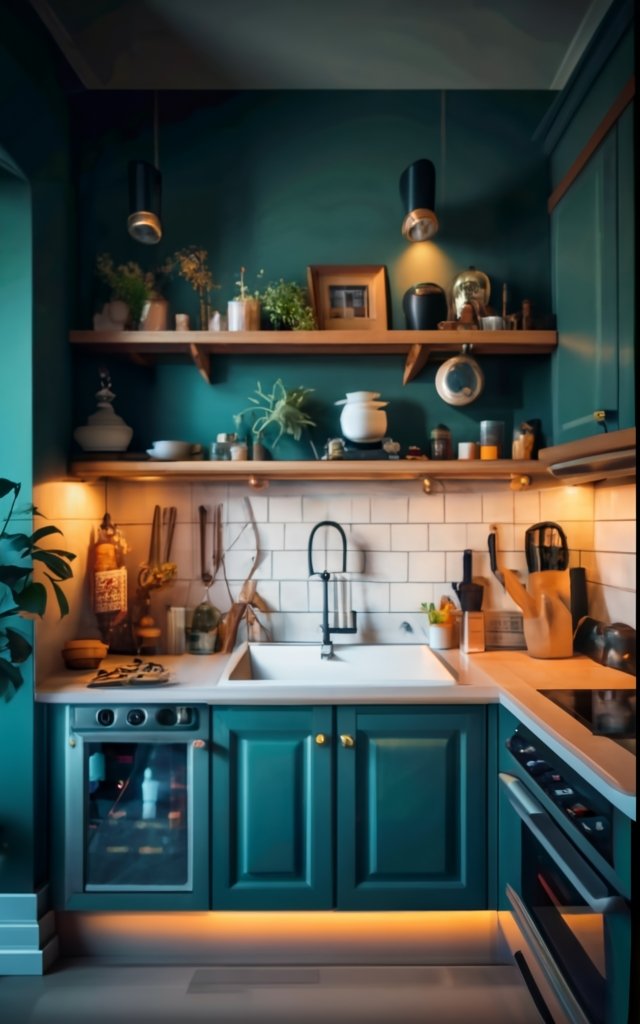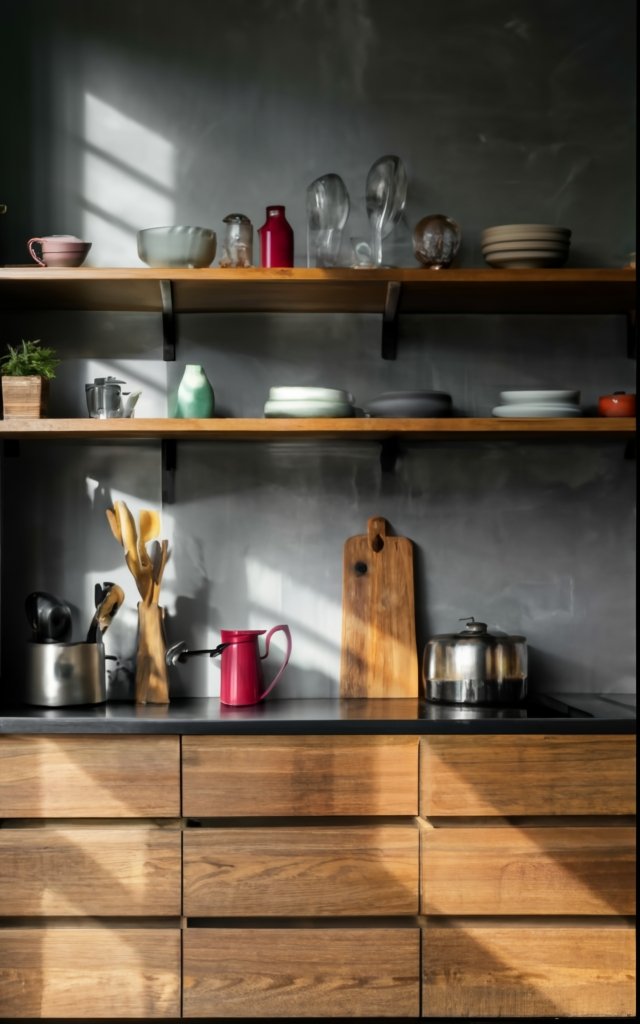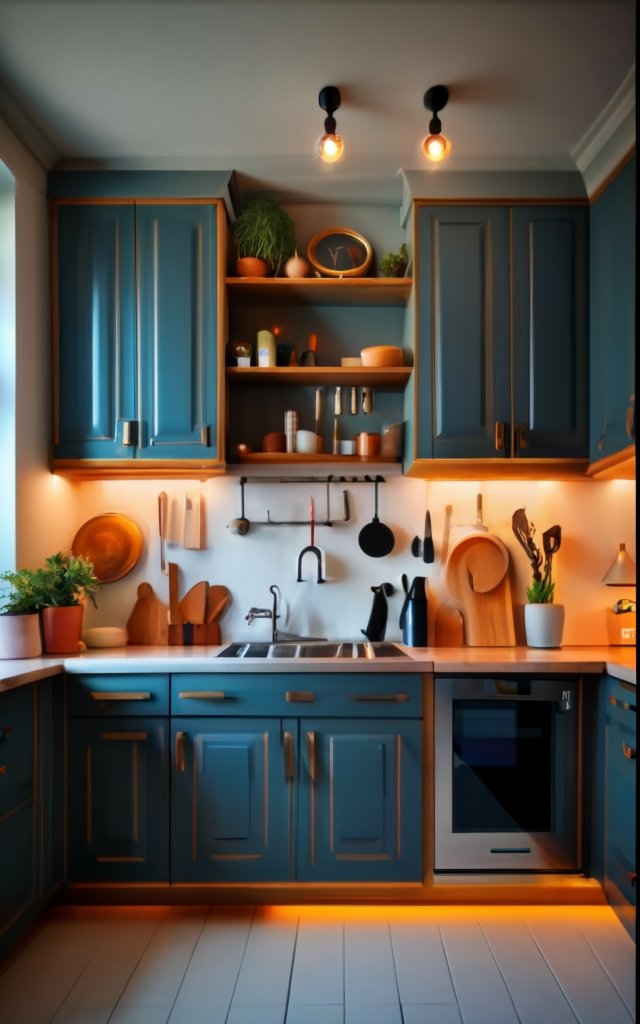Painting kitchen cabinets without sanding is possible, but it requires proper preparation and the right techniques to ensure a successful and long-lasting finish. Here’s a step-by-step guide on how to paint kitchen cabinets without sanding: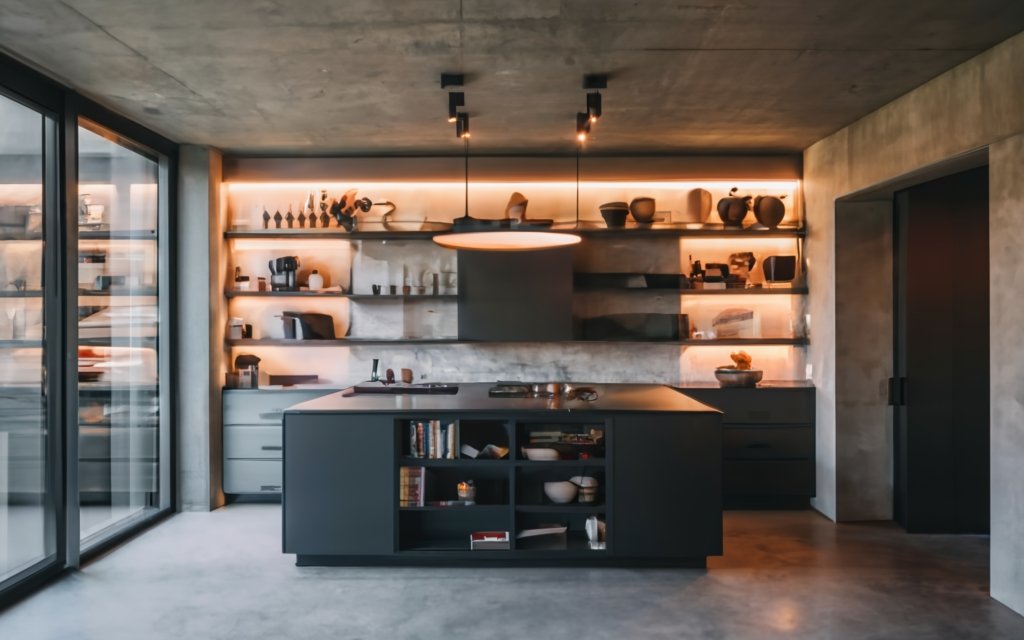
Materials You’ll Need:
- Screwdriver
- Painter’s tape
- Drop cloths or plastic sheets
- TSP (Trisodium Phosphate) cleaner or a degreaser
- Scrubbing sponge or cloth
- Primer
- Paint (latex or oil-based)
- Paintbrushes or rollers
- Cabinet hardware (optional)
- Cabinet knobs or handles (optional)
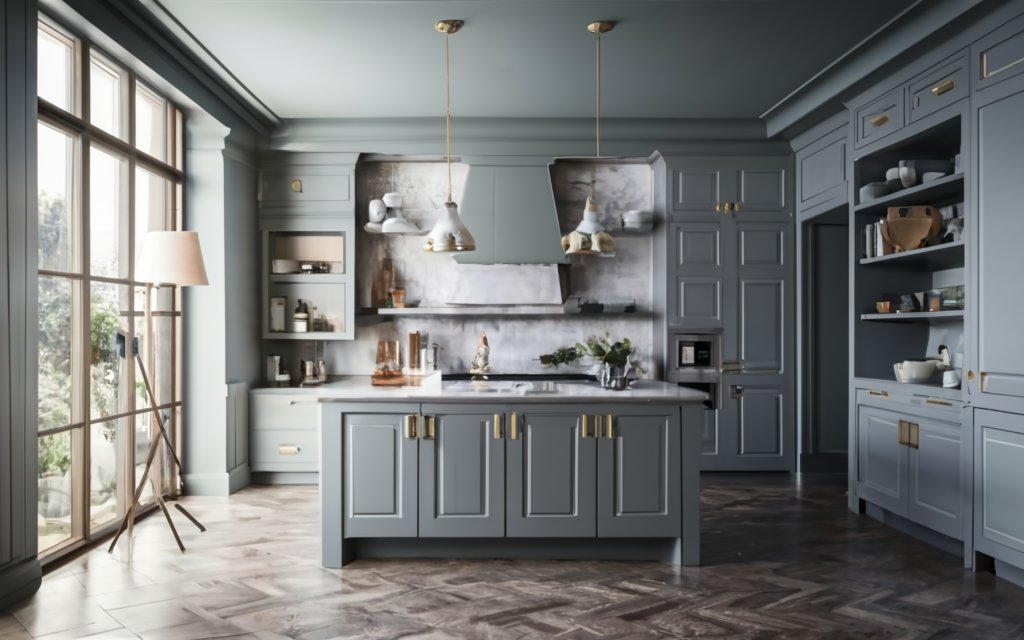 Step-by-Step Guide:
Step-by-Step Guide:
1. Remove Cabinet Hardware: Begin by using a screwdriver to remove all cabinet knobs, handles, and hinges. This will make it easier to paint the cabinet doors and drawers without obstruction. You can choose to replace the hardware with new pieces later if desired.
2. Clean the Cabinets: Cleaning is a crucial step in painting kitchen cabinets without sanding. Mix a solution of TSP cleaner or a degreaser with warm water as per the manufacturer’s instructions. Use a scrubbing sponge or cloth to thoroughly clean the cabinet surfaces, removing grease, grime, and any built-up residue. Rinse with clean water and allow the cabinets to dry completely.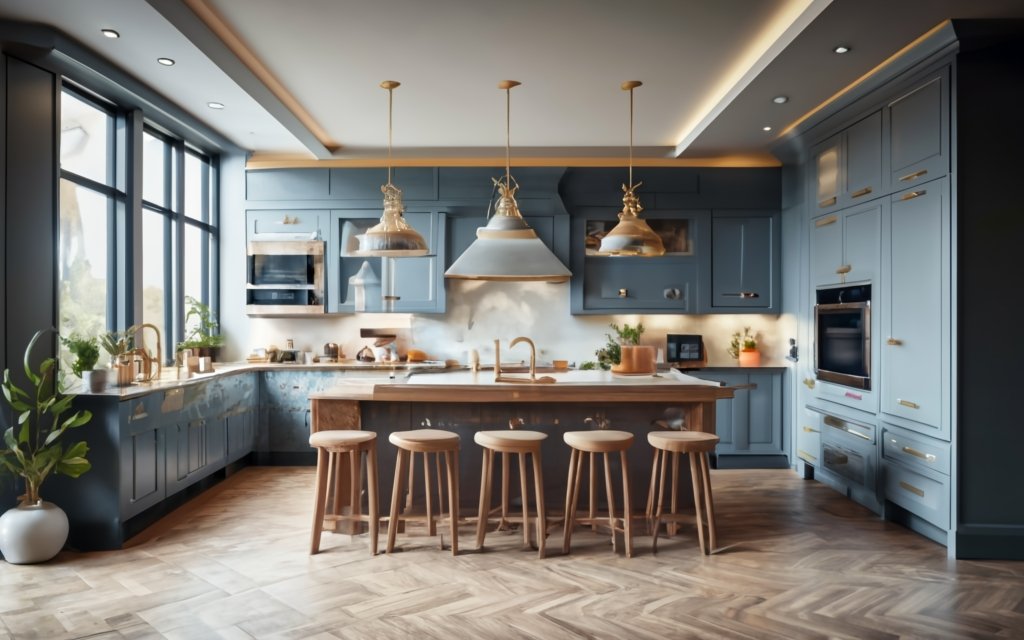
3. Protect Surrounding Areas: Cover your kitchen countertops, appliances, and floor with drop cloths or plastic sheets to protect them from paint splatters.
4. Apply Painter’s Tape: Use painter’s tape to mask off any areas you don’t want to paint, such as walls, backsplashes, or adjacent cabinets.
5. Apply Primer: Priming is essential to ensure that the paint adheres properly and provides a smooth, long-lasting finish. Apply a high-quality bonding primer to the cabinet surfaces. You can use a brush or roller to apply the primer evenly. Let it dry completely according to the manufacturer’s instructions.
6. Paint the Cabinets: Once the primer is dry, it’s time to paint the cabinets. You can use either latex or oil-based paint, depending on your preference. Apply the paint evenly with a paintbrush or roller, working in the direction of the wood grain. Start with the cabinet doors and drawer fronts, then move on to the cabinet frames. Allow the first coat to dry completely.
7. Apply Additional Coats: Apply additional coats of paint as needed for full coverage and a smooth finish. It’s typically recommended to apply at least two coats of paint, allowing each coat to dry thoroughly before applying the next.
8. Reattach Hardware: Once the paint is completely dry, reattach the cabinet knobs, handles, and hinges. Make sure they are secure and aligned properly.
9. Allow for Cure Time: After the final coat of paint is applied, allow the cabinets to cure and harden for several days or even a week before placing heavy objects inside or using them regularly. This helps prevent the paint from chipping or scratching prematurely.
Tips:
- Use a high-quality bonding primer to ensure good adhesion.
- Opt for a paint with a durable finish, such as satin or semi-gloss, for better wear resistance.
- Be patient and take your time during the painting process to achieve a professional-looking finish.
- Properly ventilate the area while painting by opening windows or using fans to dissipate fumes.
Painting kitchen cabinets without sanding can be a labor-intensive process, but when done correctly, it can give your cabinets a fresh and updated look without the need for extensive prep work.
